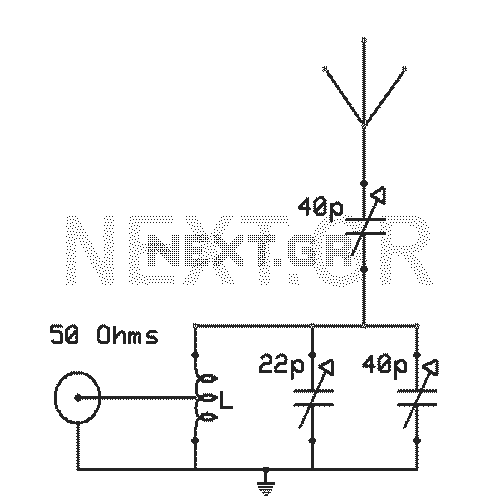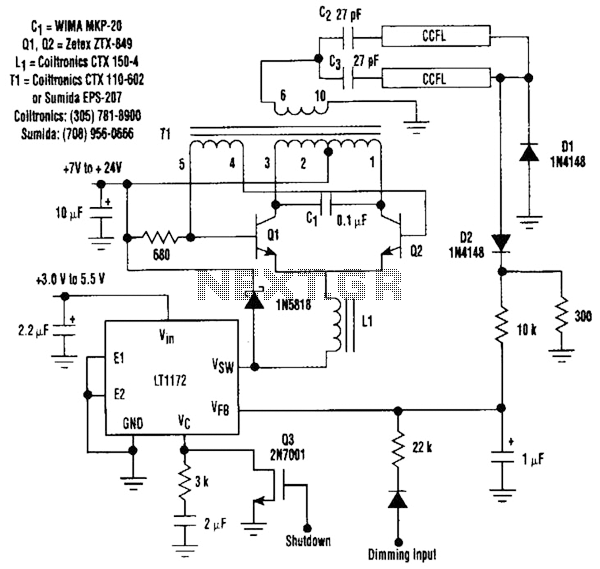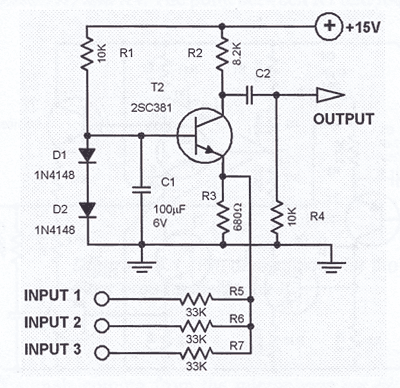
PC-Based Data Logger circuit description with PCB layout

A PC-based data logger utilized in physics laboratories for automating simple experiments and monitoring slowly varying physical variables across various PC-based projects.
The PC-based data logger serves as an essential tool in physics laboratories, enabling the automation of experiments and the monitoring of various physical variables. This device interfaces with a computer to collect data from sensors, which may include temperature, pressure, voltage, and other measurable parameters. The data logger typically features multiple input channels, allowing for the simultaneous monitoring of several variables.
The system architecture usually consists of a microcontroller or dedicated data acquisition hardware that interfaces with the sensors. The data acquisition system converts the analog signals from the sensors into digital data that can be processed by the computer. The software component of the data logger provides a user-friendly interface for configuring experiments, visualizing data in real-time, and storing data for later analysis.
In addition to logging data, the software often includes capabilities for data analysis, allowing users to generate graphs, perform calculations, and export results in various formats. This functionality is crucial for educational purposes, as it aids in the understanding of physical principles through hands-on experimentation.
Furthermore, the design of the data logger may incorporate features such as wireless communication for remote monitoring, data encryption for security, and power management systems to ensure long-term operation during experiments. Overall, the PC-based data logger is a versatile and valuable instrument in the study of physics, enhancing both teaching and research capabilities.PC-based data logger used in physics laboratories for automating simple experiment and or monitoring slowly varying physical variable various pc-based project . 🔗 External reference
The PC-based data logger serves as an essential tool in physics laboratories, enabling the automation of experiments and the monitoring of various physical variables. This device interfaces with a computer to collect data from sensors, which may include temperature, pressure, voltage, and other measurable parameters. The data logger typically features multiple input channels, allowing for the simultaneous monitoring of several variables.
The system architecture usually consists of a microcontroller or dedicated data acquisition hardware that interfaces with the sensors. The data acquisition system converts the analog signals from the sensors into digital data that can be processed by the computer. The software component of the data logger provides a user-friendly interface for configuring experiments, visualizing data in real-time, and storing data for later analysis.
In addition to logging data, the software often includes capabilities for data analysis, allowing users to generate graphs, perform calculations, and export results in various formats. This functionality is crucial for educational purposes, as it aids in the understanding of physical principles through hands-on experimentation.
Furthermore, the design of the data logger may incorporate features such as wireless communication for remote monitoring, data encryption for security, and power management systems to ensure long-term operation during experiments. Overall, the PC-based data logger is a versatile and valuable instrument in the study of physics, enhancing both teaching and research capabilities.PC-based data logger used in physics laboratories for automating simple experiment and or monitoring slowly varying physical variable various pc-based project . 🔗 External reference





